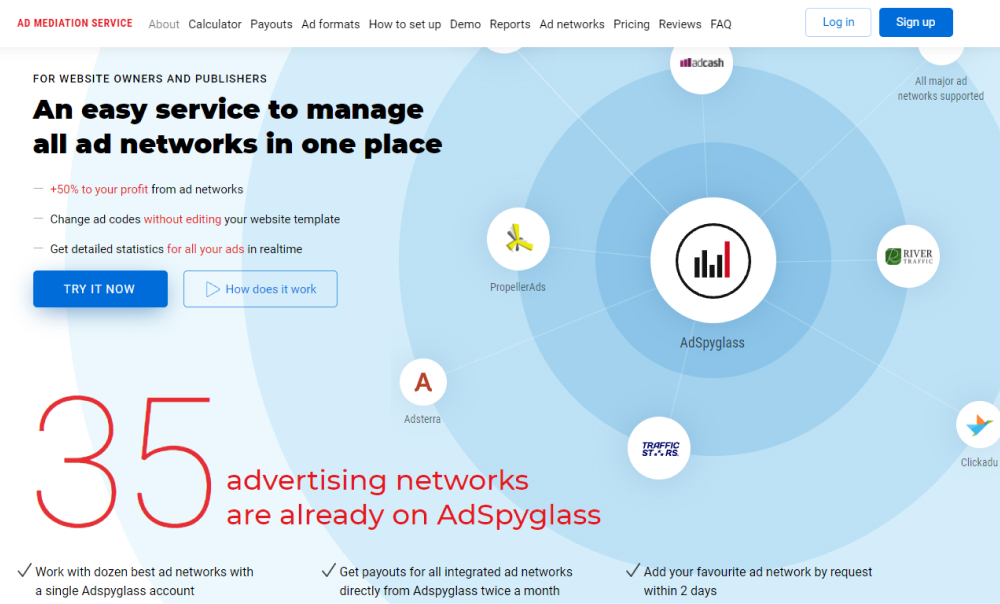Ad verification is a system designed to test and verify adverts to ensure that their ads are displayed on the right websites, in the right spot and context. It also ensures that the right audience gets to see the ads. Although advertisers are the ones who mostly use ad verification, publishers also find it beneficial.
How Does Ad Verification Work for Advertisers and Publishers?
It cuts down the advertising budget costs and makes ad campaigns more efficient for advertisers. They can also verify that their ads are displayed according to their contract with the publisher. Ad verification also ensures that publishers keep to transparent practices regarding how they get website traffic.
For publishers, it minimizes the risk of publishing fraudulent ads on their website and gives them more control of the ads shown on the website. Publishers have always had the responsibility to review ads before they’re published. However, as the network partners increased, the ads also increased, and it became more challenging to maintain the ad quality consistently. The introduction of ad verification helps publishers preserve the quality of advertisements on their websites. As a result, they can avoid posting ad content such as inappropriate ads, malicious ads, poorly targeted ads, and ads for illegal products.
